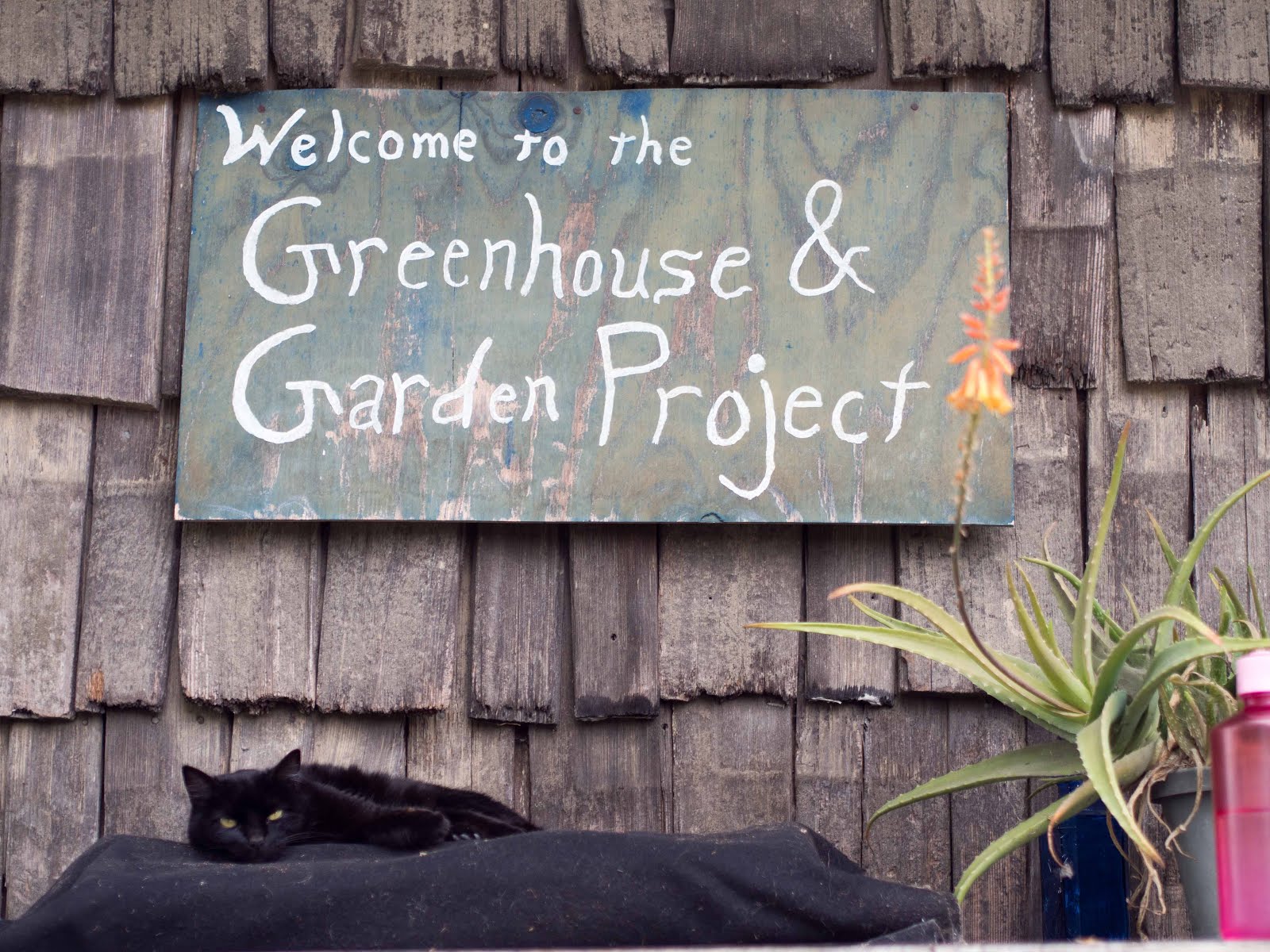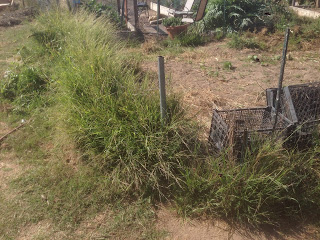Hi Everybody, for your 2 hours of community service per quarter here's the task list with pictures. Here is a post from awhile back for weed identification. At this time of year all weeds have seeds so go to the greenwaste bin. Knock the soil out of the roots first. Send me an email when you've done your 2 hours so I can record that.
1) Weeding out Plot 13 on Peter, weeds in open area, in fenceline along Great Blue Heron path, around spigot
2) removing trash wood/metal from plot 13. requires a pickup truck. the dumpster at the south end of the Baseball stadium parking lot by the bike path is fine to use for this.
pictures above show some of the wood/metal debris to remove. the black plastic material can be placed in the greenhouse for reuse.
3) Weeding out Plot 14 on Peter. Between and around beds, also the old dead weeds in the background of the first image.
4) Weeding, smoothing path Peter between Great Blue Heron and Woodpecker. Weeding mostly around Great Blue Heron, smoothing mostly towards Woodpecker. For smoothing, use the digging bar, a 6' long black iron spike to loosen the top 3-4" of soil then smooth it out.
5) Smoothing path Lizzy,Woodpecker intersection area.
For smoothing, use the digging bar, a 6' long black iron spike to loosen
the top 3-4" of soil then smooth it out. Done
6) Weeding behind the bench on Egret. Done
7) Weeding in vicinity of Egret/Gary/Lizzy sign. Weed around the small citrus tree (primarily bermuda grass). This is a little tricky because you need to dig out all of the roots or it will resprout/regenerate. Weed ragweed and others weeds from under the fig. Done
8) Weed and smooth path south of plot 11,12 on Peter. For smoothing, use the digging bar, a 6' long black iron spike to loosen
the top 3-4" of soil then smooth it out.
9) Work in the big open area on Rabbit Run, there are 2 jobs: 1) Slide the row of new beds (including cardboard) to the east about 4' such that they are parallel and 3' apart from the existing row of 3 beds. First you'll need to level the new locations better, particularly for the southernmost bed, and take up the tarps where the southernmost bed will go. 2) take up the existing tarps in the southwest corner of the plot and rearrange them to cover the weeds (Bermuda Grass) at the west end of the plot. First pull the existing bermuda grass and place in greenwaste bin, the tarps (lack of light) will take care of the root systems. Place boards on top of the tarps to secure them.














